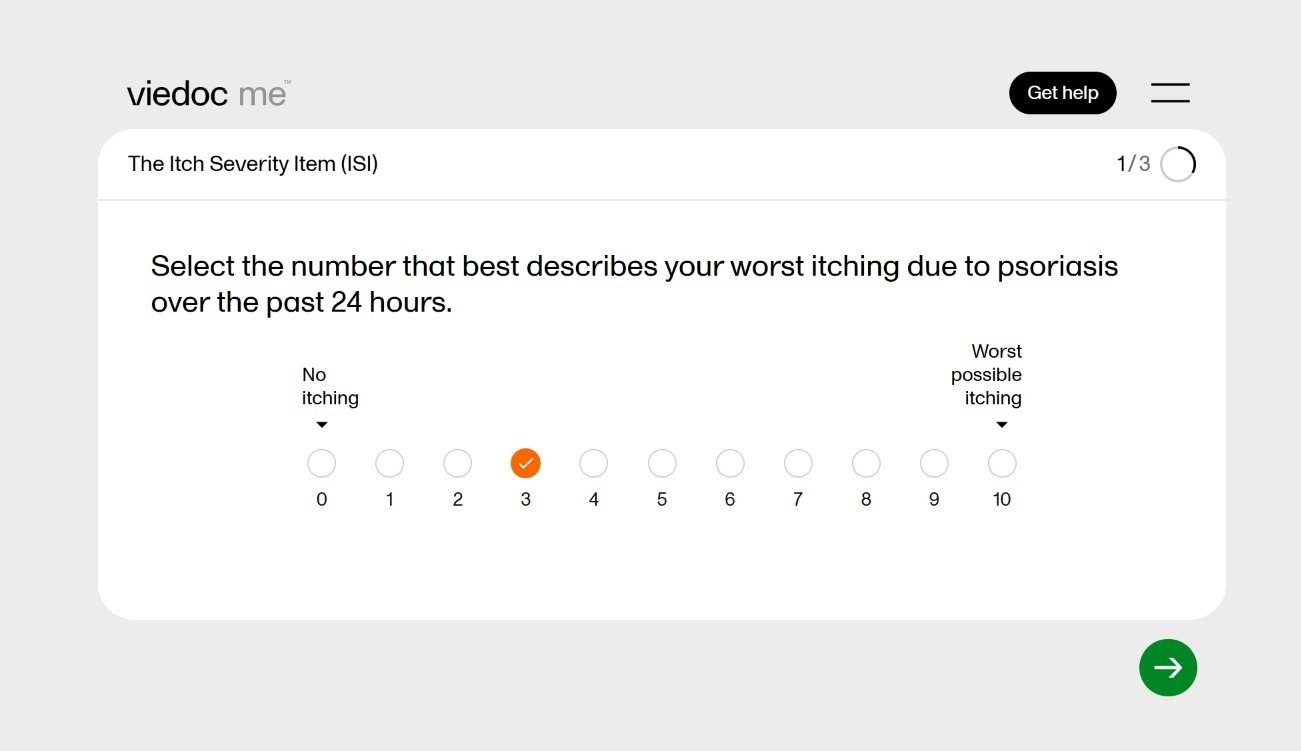CTMS vs. EDC is a common comparison for research professionals evaluating clinical trial technology. While both are essential tools for running efficient, compliant studies, they serve very different purposes. A clinical trial management system (CTMS) manages the operational side of a study – from planning and site tracking to budgeting and monitoring. An electronic data capture (EDC) system, on the other hand, collects and manages clinical data during the trial.
Because both systems play central roles in clinical research, they’re sometimes misunderstood or assumed to have overlapping functionality. Understanding the distinction between the two is crucial because it will help you choose the right tools. And, selecting the right tools that align with your needs is key to ensuring study compliance and efficiency.
What is EDC?
An electronic data capture (EDC) system collects, validates, and stores patient data in a clinical trial. They’re most active during the execution phase of a trial and are essential for keeping timelines on track and decisions data-driven.
EDC software also plays a critical role in maintaining data quality and compliance. Features like real-time edit checks, audit trails, and query management help minimize errors for clean, analysis-ready data. EDC platforms are built to comply with global regulations such as 21 CFR Part 11, HIPAA, and GDPR. If you're managing or overseeing clinical trials, understanding how EDC works can help you deliver better outcomes.
What is CTMS?
A clinical trial management system (CTMS) supports the planning, tracking, and oversight of clinical trial operations. It centralizes the many moving parts of a study – like site management, investigator tracking, budget oversight, milestone monitoring, and more – into a single system, giving clinical operations teams a view of trial progress.
Unlike an EDC, a CTMS doesn't collect patient data directly. Instead, it helps ensure trials run efficiently and stay on budget. Typically used throughout the entire study lifecycle, it’s especially valuable for teams managing multiple sites or complex study portfolios.
CTMS vs. EDC: a side-by-side comparison
Choosing the right technology for your clinical trial is about understanding which system supports which part of the process.
Usage
Clinical operations teams – including project managers, site managers, and finance staff – typically use CTMS platforms to get visibility of trial progress, resource allocation, and compliance. Data managers, investigators, site coordinators, and monitors use EDC software to enter, review, and clean patient data. Patients themselves may also interact with EDC systems when tools like electronic patient-reported outcomes (ePRO) are integrated.
Key features
A typical CTMS is a centralized hub for operational activities, with tools for:
- Study planning
- Site and investigator management
- Milestone tracking
- Patient recruitment status
- Budgeting, payments, and regulatory tracking
An EDC supports structured data capture and includes core capabilities such as:
- Real-time edit checks
- Audit trails
- Query management
- Data validation
- Secure data export for statistical analysis
Strengths and limitations
CTMS platforms improve operational efficiency, support team collaboration, and enhance financial and regulatory oversight. EDC systems improve data quality, reduce errors, and enable real-time monitoring of trial outcomes.
However, CTMS platforms typically lack the tools needed for robust clinical data collection or real-time validation. EDC systems, while excellent for data capture, aren’t built to manage study milestones, site activity, or trial budgeting, which is why integration between the two is essential.
Data and compliance
CTMS platforms handle operational data like study timelines, site status, recruitment metrics, and payment schedules. EDC systems handle clinical data like patient demographics, medical history, safety events, and trial efficacy.
To ensure data security and traceability, EDC software must meet stringent regulatory standards such as 21 CFR Part 11, HIPAA, and GDPR. CTMS platforms, while still necessary for good clinical practice (GCP) compliance, aren’t subject to the same level of regulatory scrutiny.
The benefits of CTMS-EDC integration
For most research teams, combining these two systems provides the best results. A well-designed CTMS-EDC integration provides a unified view of both clinical and operational data. This improves team efficiency and supports faster, smarter decision-making.
If you're considering integration, here are some of the key benefits you can expect:
- Improved visibility across study timelines, site activity, and patient data
- Reduced manual work through automated reconciliation between systems
- Faster, data-informed decisions with both operational and clinical insights in one place
- Streamlined payments by linking visit data to financial tracking
- Fewer delays through real-time access to enrolment and milestone updates
- Oversight for compliance and performance monitoring
For example, integration can make patient enrolment and visit data visible alongside site activation timelines, giving you the insight needed to detect risks early and streamline site support.
Integration is often more straightforward than you might expect. EDC systems should include a fully documented, 21 CFR Part 11–validated REST API and support for OAuth 2.0 security – for example, Viedoc API. This allows your IT team or CTMS vendor to build a reliable connector quickly. For studies with more complex workflows, look for providers that offer custom, validated integrations. In many cases, you may even be able to use pre-built integrations with major CTMS platforms, avoiding custom builds and additional validation altogether.
Making the most of both systems
It's not a case of CTMS vs. EDC in clinical trials. The two systems aren't contradictory, they're complementary, and integrating the two is best practice.. Doing so reduces friction, enhances compliance, and enables your teams to work faster and more effectively.
If you’re evaluating your technology options, prioritize interoperability. Choosing CTMS and EDC solutions that integrate seamlessly will set your team up for success – not just for one trial, but across your entire portfolio.




